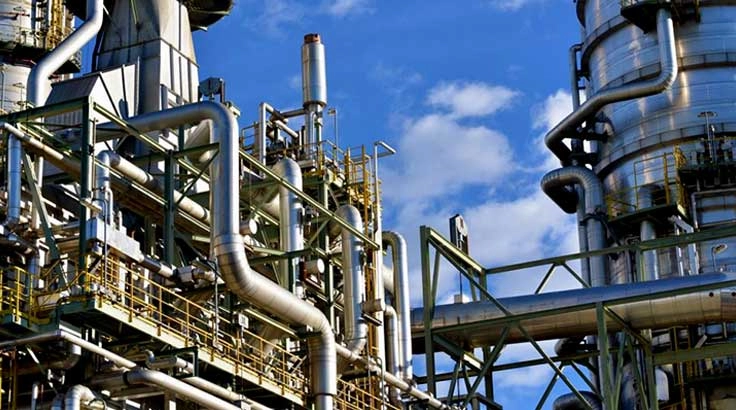
- Mobile Phone
- +8613931874955
- sales@cntcmetal.com
Exploring the Impact and Functionality of Chain Link Fences in Modern Landscaping
The Significance of Chain Link Fences in Contemporary Society
Chain link fences have become an integral part of modern infrastructure, serving numerous purposes across different settings—from residential neighborhoods to industrial complexes. These fences, characterized by their diamond-shaped mesh design, offer a unique blend of functionality, durability, and cost-effectiveness that has made them a popular choice for a variety of applications.
One of the most common uses of chain link fences is in residential areas. Homeowners often install these fences to enclose their yards, providing security and a defined boundary for pets and children. Unlike wooden or vinyl fences, chain link fences do not obstruct views, allowing light and visibility while still serving as a barrier. This transparency can be especially appealing in neighborhoods where aesthetics and interactions among neighbors are valued. Additionally, chain link fences can be customized with vinyl coating to match home exteriors, further enhancing their appeal.
The Significance of Chain Link Fences in Contemporary Society
Industrial and commercial properties also benefit significantly from chain link fencing. These fences are often used to secure perimeters of factories, warehouses, and construction sites. Their resilience against weather conditions and physical impact makes them a reliable choice for protecting valuable assets. Additionally, chain link fences can be topped with barbed wire or concertina wire for further security, deterring potential intruders and enhancing overall workplace safety.
chain fence

Another notable advantage of chain link fences is their affordability and ease of installation. Compared to other types of fencing, such as wooden or wrought iron options, chain link fences are generally less expensive and can be installed quickly. This cost-effectiveness makes them an attractive solution for businesses and homeowners alike, especially for those on a budget.
Chain link fences are also low maintenance, requiring minimal upkeep to remain functional and appealing. Unlike wood, which can rot or require frequent painting, or vinyl, which may fade over time, chain link fencing simply needs regular inspections for rust and occasional cleaning. This durability is particularly advantageous in regions with harsh climates, where other materials might suffer more damage.
Moreover, there is a growing trend towards using chain link fences in environmentally sustainable projects. Some manufacturers produce recycled chain link fencing, which not only reduces waste but also promotes a circular economy. Additionally, incorporating vegetation by planting climbing plants or installing green walls within or alongside chain link fences can enhance their environmental credentials, creating visually appealing green spaces that contribute to biodiversity.
However, it’s essential to recognize that while chain link fences offer numerous benefits, they may not suit every situation. Their transparent nature might not provide the privacy desired by some homeowners, and in high-crime areas, they may not offer sufficient security without additional enhancements.
In conclusion, chain link fences are a versatile and practical choice for various applications in today's society. Their blend of security, affordability, and low maintenance makes them a preferred fencing solution for homeowners, businesses, and communities. As we continue to explore sustainable practices, there is a promising future for chain link fencing, adapting to meet the needs and values of an evolving society. Whether enclosing a backyard, protecting a playground, or securing a commercial property, chain link fences play a vital role in our built environment.
share:
-
Your Source for Concrete Wall Ties and Masonry AccessoriesNewsJul.10,2025
-
Unlocking the Power of Iron Wire for Every ProjectNewsJul.10,2025
-
Explore Advanced Chain Wire and Stainless Steel Mesh FencingNewsJul.10,2025
-
Discover the Benefits of Annealed Wire ProductsNewsJul.10,2025
-
Discover China Stainless Steel Wire Mesh SolutionsNewsJul.10,2025
-
Build with Confidence Using High-Performance Masonry AccessoriesNewsJul.10,2025
-
Why Sacrificial Formwork Is Redefining Underground ConstructionNewsJun.06,2025



















